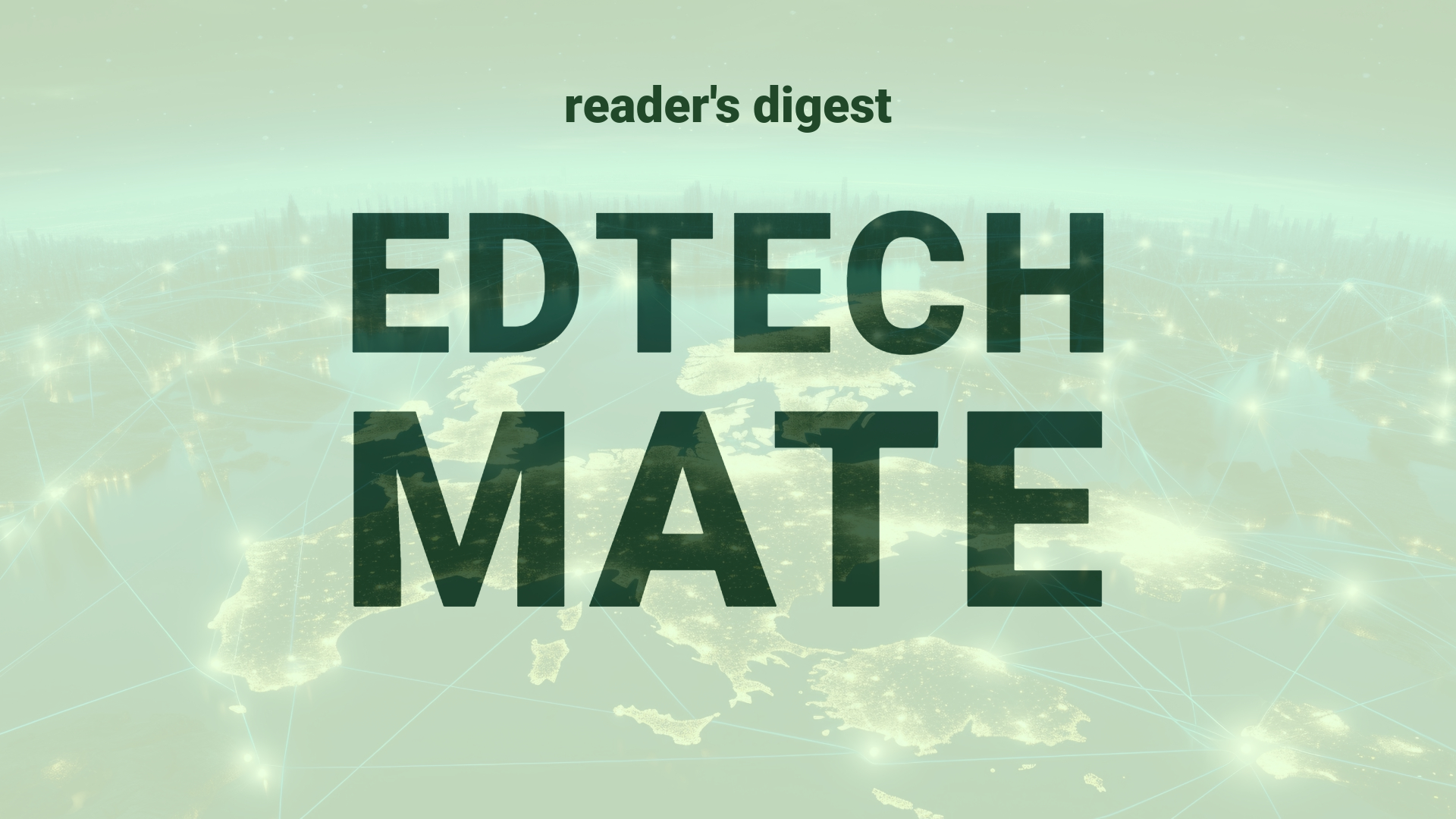Executive Summary and Main Points
Recent discourse in the field of organizational psychology stresses the importance of stability management over continuous change in the workplace. Contrary to popular belief, stability instead of constant transformation is seen as the key to optimizing performance and fostering an environment where employees can excel. Stability management focuses on maintaining fundamental human psychological needs such as predictability, control, belonging, ritual consistency, and role clarity. It suggests a shift from the traditional change management practices, which often emphasize disruption and adaptation, toward cultivating an environment where teams can thrive amid predictability and support. The re-evaluation of change prioritizes stability in both psychological and operational perspectives within organizations.
Potential Impact in the Education Sector
The embrace of stability management could significantly influence the education landscape, particularly regarding Further Education and Higher Education institutions, and the burgeoning area of Micro-credentials. By prioritizing stable, supportive team environments, educational leaders might foster a more predictable and controlled academic setting for both educators and learners. Strategic partnerships in education could benefit from a focus on sustaining successful alliances rather than continuously seeking new collaborations. The digital transformation within education could be refined to prioritize stable digital ecosystems that support consistent teaching and learning experiences, further enhancing the value proposition of Micro-credentials as reliable, continuous units of learning.
Potential Applicability in the Education Sector
Implementing stability management in the global education sector could involve upholding strong, intact academic teams, emphasizing consistent practices, and promoting a shared understanding of institutional values and educational goals. AI applications and digital tools can play a significant role by providing platforms for routine communication, collaboration, and feedback that align with the psychological needs highlighted by stability management. These tools can contribute to a stable learning environment by facilitating predictable schedules, providing clear learning paths, and enabling stable, ongoing support systems for both educators and students across different regions and cultures.
Criticism and Potential Shortfalls
Critics of stability management might argue that without change and adaptation, organizations, including educational institutions, may become stagnant, failing to innovate or respond to new challenges. Comparatively, international case studies reveal that some systems thrive under dynamic, regularly changing environments as they foster resilience and creativity. Furthermore, ethical and cultural considerations should be recognized as a one-size-fits-all structure disregards individual and cultural differences in how change is perceived and handled. Importantly, stability management must not be mistaken for complacency but must instead ensure it allows for growth, diversification, and inclusivity within the workplace and educational settings.
Actionable Recommendations
To implement technologies promoting stability management within international education, leadership should invest in AI-powered collaborative tools that maintain team cohesion despite geographic distances. Establishing clear digital communication protocols and platforms helps maintain routine and expectations, essential for psychological stability. Educators could be encouraged to develop consistent learning rituals through technological frameworks, providing predictability and a sense of belonging among students. Finally, education leaders should prioritize transparent communication in all digital transformation initiatives, ensuring all stakeholders have a clear understanding of their roles, contributing to a stable and focused educational environment.
Source article: https://hbr.org/2024/07/creating-stability-is-just-as-important-as-managing-change

